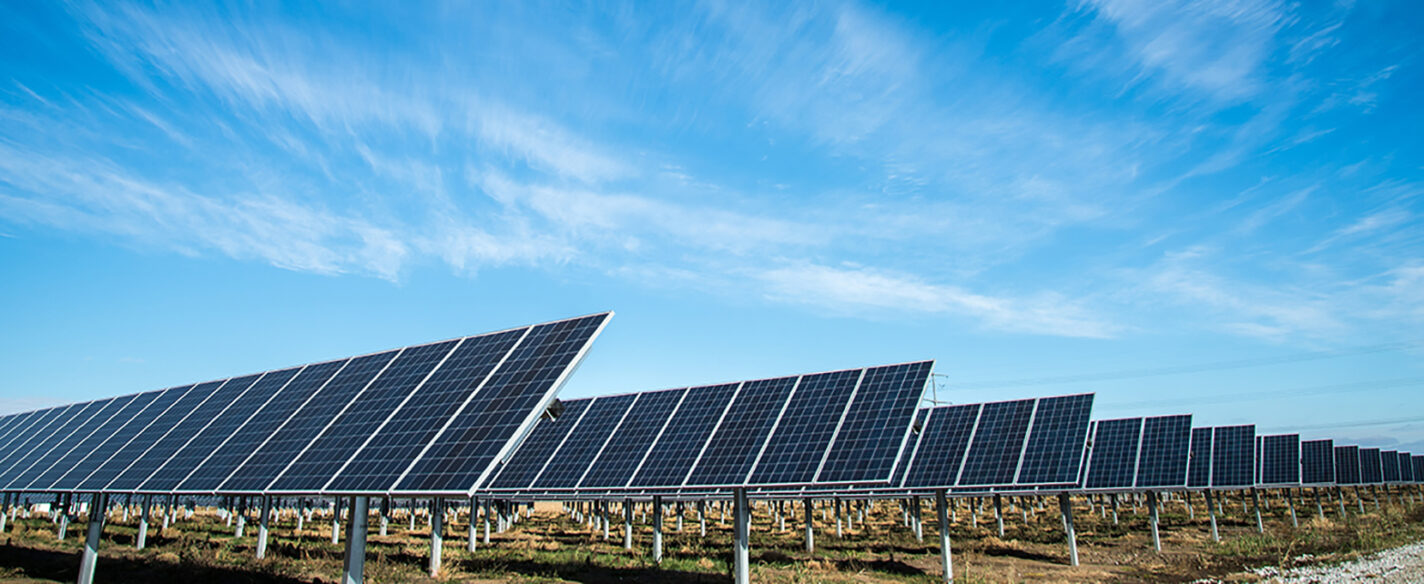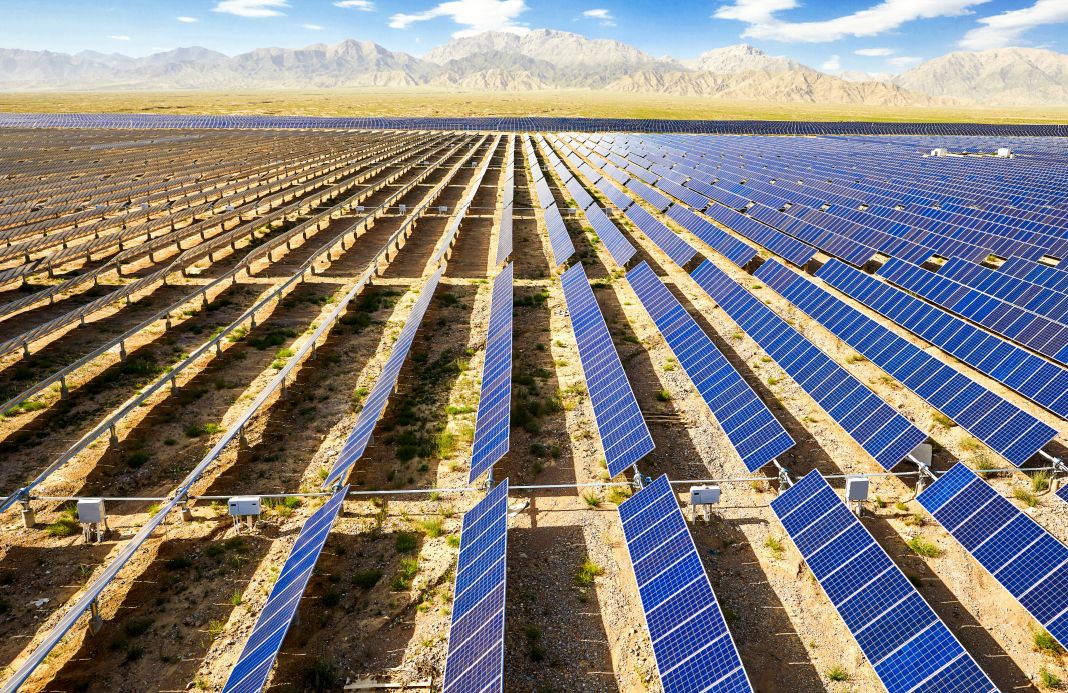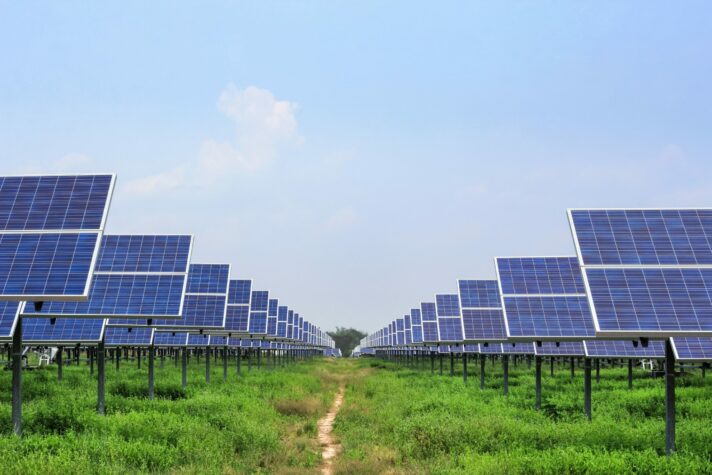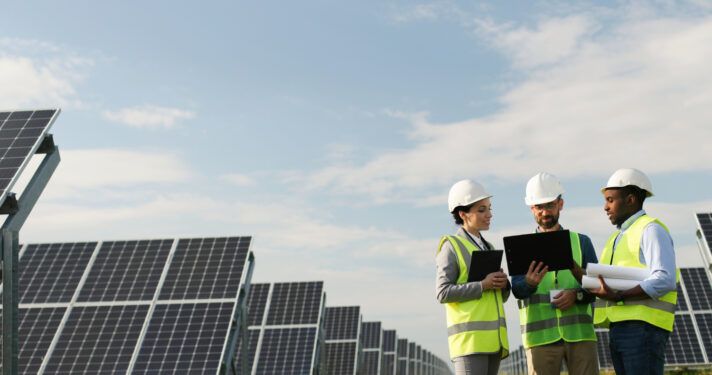By Joe Martin, Manager, Land Acquisition
Thousands of people around the country own land, and many are not aware of its untapped potential. On agricultural land alone, experts estimate that by installing renewable energy infrastructure on just 1% of existing underused farmland, solar panels could provide 20% of electricity for the U.S.—and farmland is only a portion of usable landholdings. The solar industry operates on just over 0.5M acres of installed capacity, but needs an additional 17 million acres of land to achieve an all-electric power production scenario by 2050, a scenario that would support sustainability and energy independence from coast-to-coast.
As landowners struggle amidst inflation, supply chain challenges and commodity cycles, a mutually beneficial partnership with a solar power producer could provide the reliable revenue stream landowners need to thrive for generations.
Underutilized land nationwide—agricultural, rangeland, transitional and post-industrial—is being given new life through solar development projects. Landowners working in farming, ranching, timber, mining and oil & gas have all discovered that their land can do more for them and their communities.
By leasing their land to solar power producers, landowners reap economic and environmental benefits while continuing operations alongside the solar facility. Here are the top 6 benefits of leasing your land for solar development:
1. New Revenue Streams
The number one incentive for most landowners who lease to solar project developers is income. Through the lease, landowners can significantly increase annual cash flow, allowing them to make more overall per acre than they would through farming, ranching, etc.
Unlike commodity markets or crop outputs, the lease income is reliable and predictable. Throughout the full life of the project–which can be over 40 years– landowners receive steady payments, supporting their family through multiple generations. This long-term stable source of passive income may be very beneficial for planning during challenging times.
2. A Long-Term Partnership
When you partner with a solar power producer, you are investing in the future of your land. The solar developers care deeply about your land and take great care in maintaining the acreage. The multi-decade lease will generate income when the facility is in use while also fostering land regeneration. After the lease is up, the land is restored to pre-construction conditions, ready to benefit the next generation.
3. Support Energy Stability and Independence
Energy stability and independence are key concerns across the country, especially as fuel prices continue to rise. Leasing your land for solar project development creates a renewable energy source that can support your community’s energy needs. Solar energy generation projects create enormous value with minimal long-term environmental impact. For those with ESG goals, or those who are working with businesses or investors who do, solar development can help meet those goals through sustainable operations.
4. Boost Local Tax Revenues and Create Jobs
Large scale solar project development starts with the local community in mind. The developers understand local areas and landowner expectations and work closely with local stakeholders to bring the facility to life. Every project has tremendous potential to benefit the greater community through economic and workforce development. The construction and operations team for the project is sourced locally, bringing jobs directly to the region, some of which can be held for decades.
Additionally, solar development boosts local tax revenue, which supports community needs. Solar projects also improve the likelihood that the area will attract other technology and industrial development, allowing the region to continually prosper.
5. Unlock Hidden Potential in Your Land
You could be sitting on land that is very valuable for solar development and not even know it. Large, utility-scale solar projects can be built on as little as 500 acres of relatively flat land. Ideally, that land would be close to existing, high-voltage electrical transmission infrastructure and is be impacted by flood plains or wetlands.
These projects can be designed to coexist alongside landowner activities, so if you’re leasing a portion of your land to the solar facility, you can continue using the land surrounding the solar arrays for grazing, crop growth, energy extraction, logging, etc. Giving unused–or underused–land a new purpose could notably increase your property value.
6. Hedge Against Commodity Cycles, Farm Input Inflation, and Property Tax Increases
External, sometimes international, forces can lead to unpredictable commodity cycles and farm input inflation, leaving farmers and ranchers with income instability. This can severely impact the livelihood of those in the agricultural industry, with few opportunities for alternative earnings. By leasing your land to a solar power producer, you can generate continuous revenue that acts as a reliable cushion protecting you from sharp market swings and unpredictable annual revenue sources.
As an added benefit, the solar project owner will cover any related increase in property taxes on the land they lease, further improving the financial situation of landowners.
Leasing your land and entering a long-term partnership with an experienced utility-scale solar project developer could transform your land and your community. Are you interested in learning more? Get in touch today.





